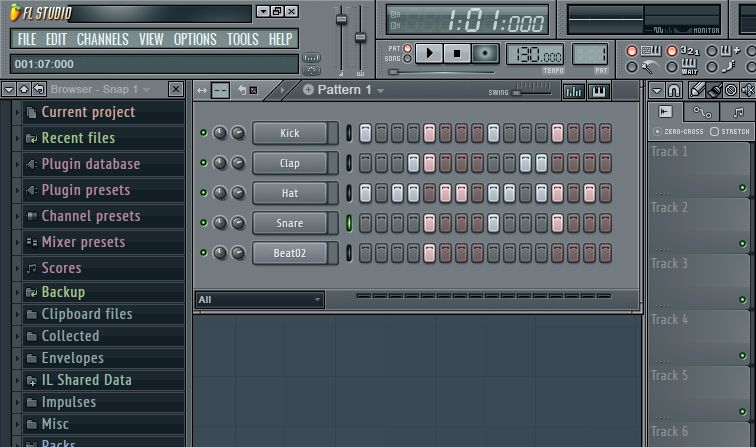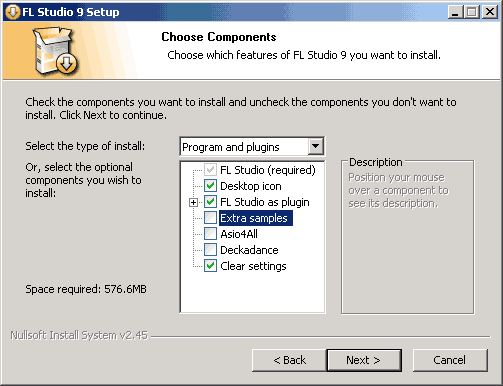


If your audio interface doesn’t have a preamp, you’ll have to buy your own. Most older models will need a preamp to boost the signal, otherwise you’ll barely be able to hear what it’s turning out, and even then it’ll be buried by nouse. If used solely for sampling, there’s no need for a state-of-the-art player – perhaps your parents or grandparents still have an old one knocking around? If you’re going to buy one, we recommend a direct-drive. To get your vinyl records in FL Studio, you’ll need some important equipment. Who would have thought that was possible? Not the Dutch choir who first laid down the vocals, that’s for sure. Turning a Dutch gospel song into a banging hip-hop beat, for example, can be immensely satisfying – and surprising, even to yourself. But, in purely sonic terms, it’s possible that every single record and track has multiple parts that can be repurposed for use in any genre. What did you actually buy? How exactly are you going to use it? Since you’re restricted to the records you have to hand, these questions should challenge your creativity. The fun begins when you get your records home. But if you’re new to sampling, it might be wise to start with soul records to get familiar with the process. Lately, we’ve used a few Dutch gospel songs from the 1970s and 1980s. The deeper you dig, the more wild and distinctive your tracks will be.

One of the most enjoyable elements of sampling vinyl is the act of crate-digging, picking up interesting-looking records and exposing yourself to music you otherwise wouldn’t. These tiny details can’t quite be replicated. Authentic vinyl-based crackles and hisses are unique and influenced by many factors, such as the state of the record and the needle that’s hitting it. FL Studio allows you to add static or noise to your tracks with extra samples or audio plug-ins but it’s just not the same as the real thing. These sonic imperfections lend samples a certain old-school vibe, something you simply don’t get when you sample a digital version of a song or piece of audio. Sampling vinyl is still popular, favoured for the warmth and crackle that comes with playing a vinyl record. Wu-Tang Clan famously borrowed dialogue and sounds – as well as their name – from martial arts movies. Many hip-hop beats come courtesy of the percussion tracks on soul or jazz records but there truly is no limit to what you might want to sample. You might isolate a drum break and use it as your rhythm, or you could take a melody, vocal or any other part and chop it up as you see fit. The act of sampling an existing record roughly equates to taking a portion of it and using that as the bedrock of an entirely new track, or blending it with other samples to create something akin to an audio montage.


 0 kommentar(er)
0 kommentar(er)
